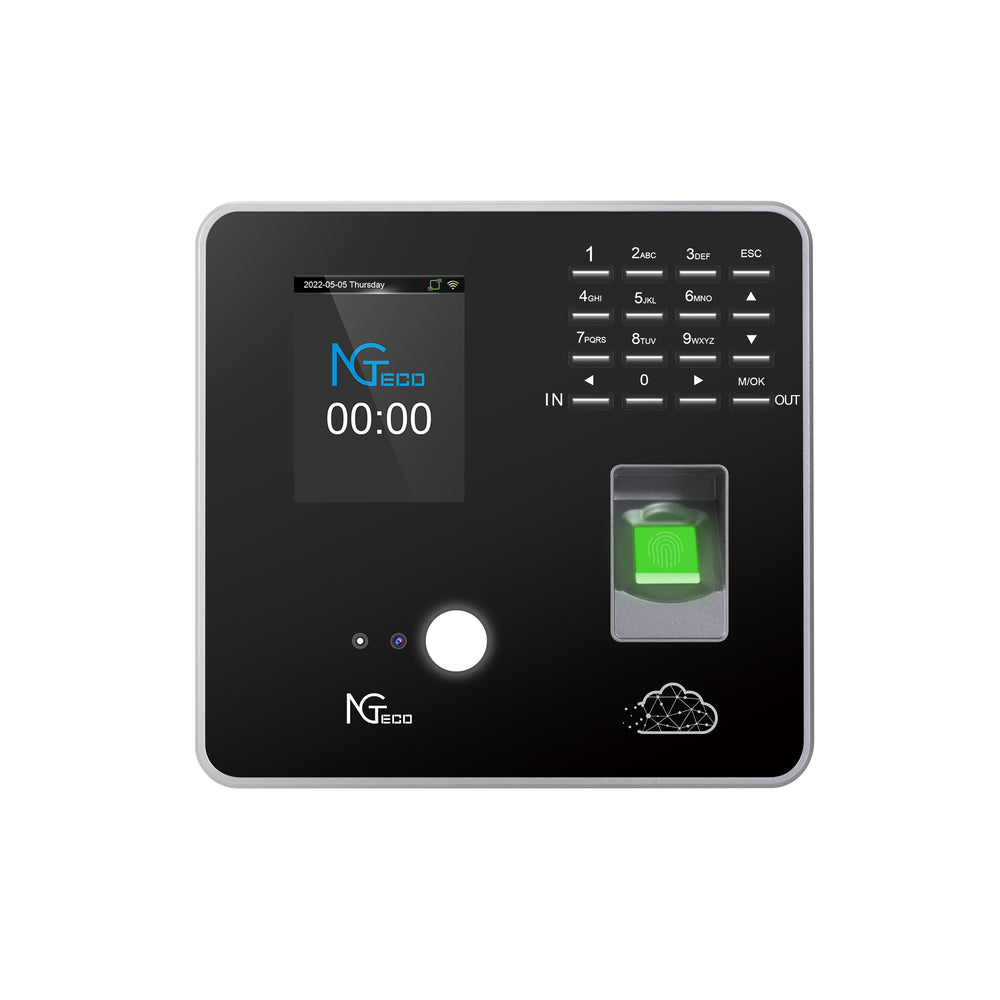Unlock the Secrets of Work Time Clocks: Discover Features That Transform Your Productivity!
In today's fast-paced work environment, managing time effectively is more crucial than ever. Work time clocks serve as essential tools in modern workplaces, enabling employers to monitor attendance, track working hours, and streamline payroll processes. By implementing a suitable work time clock, organizations can enhance productivity and efficiency, allowing employees to focus more on their tasks rather than on timekeeping. This article will take you through the various types of work time clocks available today, examining their unique features and how they can positively impact your workplace dynamics.

Different Types of Work Time Clocks
Work time clocks come in various forms to meet diverse operational needs across industries. Traditional punch clocks are perhaps the most recognizable type; they require employees to physically punch in and out, providing a straightforward method for tracking hours worked. While simple, these clocks often lack advanced features, such as real-time tracking or integration with payroll systems.
On the other hand, digital time clocks have become increasingly popular in recent years. These devices automatically record time entries and often include features such as LCD displays and memory storage that allows for easy data retrieval. Digital clocks can also be connected to computers or networks, making it simpler to manage employee time records.
Biometric clocks represent the next evolution in timekeeping technology. By using fingerprint or facial recognition, these systems eliminate the possibility of buddy punching—when one employee clocks in for another. This added security ensures accurate attendance tracking, which is particularly beneficial in industries where precise labor costs are critical. Each of these types of work time clocks offers unique functionalities and applications, catering to the specific requirements of different businesses.
Key Features of Work Time Clocks
When selecting a work time clock, it’s essential to consider the features that enhance usability and efficiency. One of the most significant features is real-time tracking, which allows managers to monitor employee attendance and productivity instantaneously. This feature helps businesses address issues such as tardiness or absenteeism promptly, fostering a culture of accountability.
Mobile access is another critical feature, especially in today's remote and hybrid work environments. Employees can clock in and out from their smartphones, providing flexibility and convenience. This functionality not only simplifies the timekeeping process but also helps maintain accurate records regardless of where employees are working.
Reporting capabilities are vital for analyzing attendance patterns and labor costs. Many modern work time clocks generate reports that provide insights into employee performance, helping managers make informed decisions about scheduling and resource allocation. Moreover, integration with payroll systems ensures that employee hours are accurately reflected in paychecks, reducing administrative workload and potential errors.
Advanced Features
For organizations looking for more sophisticated solutions, advanced features such as GPS tracking can be invaluable. This feature is particularly useful for businesses with mobile employees, as it verifies the location from which an employee clocks in or out. Customizable alerts can also enhance management oversight, notifying supervisors of irregular attendance patterns or reminding employees to clock in or out.
Data analytics capabilities are becoming increasingly important as well. These tools analyze the time data collected, offering insights into productivity trends and helping organizations identify areas for improvement. By leveraging data analytics, businesses can optimize staffing levels and improve overall operational efficiency.
Benefits of Implementing Work Time Clocks
The implementation of work time clocks can yield numerous benefits for organizations. One of the most significant advantages is improved time management. By having a reliable system in place to track employee hours, businesses can ensure that time is being utilized effectively, reducing instances of overtime and associated costs.
Moreover, work time clocks significantly reduce the administrative workload. Manual time tracking can be labor-intensive and prone to errors, but automated systems streamline this process, allowing HR personnel to focus on more strategic tasks instead of tedious data entry. Enhanced employee accountability is another key benefit; when employees know they are being monitored, they are more likely to adhere to their schedules and maintain productivity levels.
For instance, a friend of mine who runs a small construction company faced challenges with time management and payroll accuracy. After implementing a digital time clock, he noticed a marked improvement in punctuality and a reduction in payroll discrepancies. This not only saved him time and money but also fostered a more responsible work culture among his employees.
Case Studies
Consider a retail chain that implemented biometric clocks across its stores. Initially facing issues with employee attendance, they found that using fingerprint recognition significantly reduced instances of buddy punching. As a result, they experienced a 15% increase in employee accountability and a corresponding reduction in labor costs.
In another scenario, a tech startup adopted a mobile time clock solution for its remote teams. This shift allowed team members to clock in from anywhere, leading to increased flexibility and higher morale. Consequently, the startup observed a 20% boost in productivity as employees felt more empowered to manage their time effectively.
Maximizing Productivity with Work Time Clocks
In summary, work time clocks are more than just tools for tracking hours; they are invaluable assets that can transform productivity within any organization. By understanding the different types available and the features they offer, businesses can select a solution that aligns with their operational needs. The benefits of implementing work time clocks, from improved time management to enhanced accountability, cannot be overstated. As you consider integrating a work time clock into your workplace, reflect on the unique requirements of your organization and the potential for increased efficiency and productivity.
